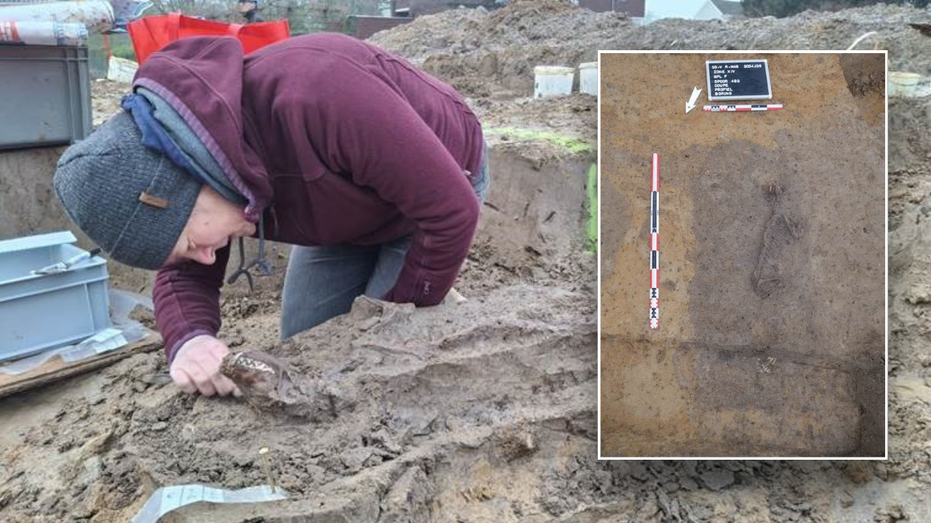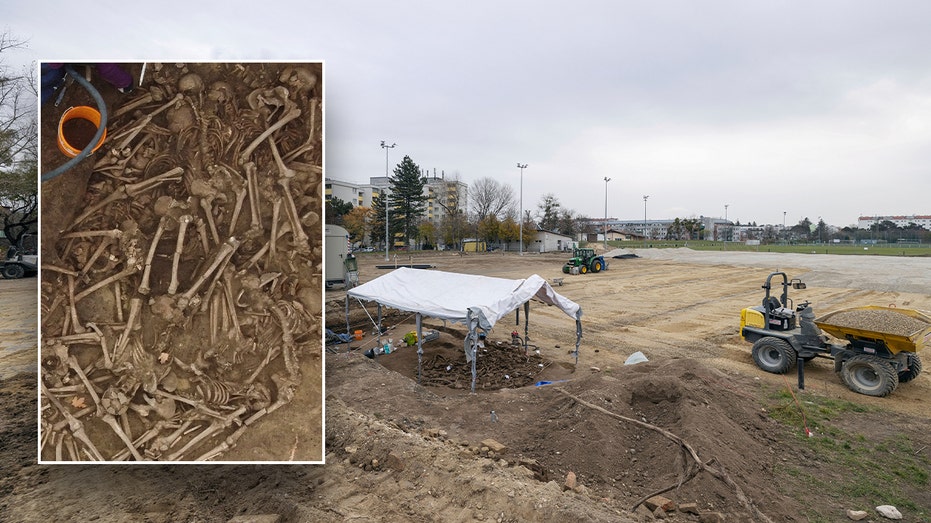- by foxnews
- 08 Apr 2025
7,000-Year-Old Godin Tepe: Untapped Cultural and Tourism Gem in Iran
Godin Tepe, an ancient settlement established around 5,000 BC, stands as a testament to Iran's rich archaeological heritage. Located in the Kangavar Valley between Hamadan and Kermanshah, this site has remained largely overlooked for nearly six decades, despite its profound historical significance.
- by travelandtourworld
- 20 Feb 2025
- in travel

Godin Tepe, an ancient settlement established around 5,000 BC, stands as a testament to Iran's rich archaeological heritage. Located in the Kangavar Valley between Hamadan and Kermanshah, this site has remained largely overlooked for nearly six decades, despite its profound historical significance.
Iranian archaeologist Morteza Geravand, who also leads the Anahita Temple National Base, has recently emphasized the untapped potential of Godin Tepe as a cultural and tourism hub.
In discussions with local media, Geravand highlighted the site's historical role as a major trade center, strategically positioned along a vital commercial route facilitating exchanges between Mesopotamia and southern Iran.
Excavations at Godin Tepe have unveiled evidence of continuous human occupation spanning from prehistoric times through the Islamic era.
Notably, during the Median period, a fortress was constructed, likely serving as an administrative or military center.
The last significant excavation at Godin Tepe was conducted by a Canadian archaeological team nearly 60 years ago.
Since then, the site has seen minimal archaeological activity, leading to the deterioration of many uncovered structures.
Recent efforts have aimed to delineate the site's boundaries; however, financial constraints have impeded comprehensive conservation initiatives.
Geravand estimates that an initial investment of approximately one billion tomans (around $11,000) is necessary for essential preservation and interpretative measures.
Further funding would be required to fully develop the site into a research and tourism center. He emphasized that, with adequate support, Godin Tepe could emerge as a major cultural attraction, delivering economic benefits to the underdeveloped eastern region of Kermanshah province.
While Kermanshah is renowned for sites like the UNESCO-registered Bisotun and Taq-e Bostan, many significant historical landmarks in the province's eastern part remain underappreciated.
The site's major occupation periods have been categorized as follows:
According to the World History Encyclopedia, Godin Tepe was initially a Sumerian settlement established around 5,000 BC, comprising a village and a fortress.
It evolved into a crucial stop along the Great Khorasan Road trade route, commonly known as the Silk Road, serving as a major conduit for trade over nearly three millennia.
Today, with strategic investment and preservation efforts, Godin Tepe holds the promise of becoming a focal point for cultural tourism, offering visitors a tangible connection to Iran's ancient past and contributing to the region's socio-economic development.
- by foxnews
- descember 09, 2016
Ancient settlement reveals remains of 1,800-year-old dog, baffling experts: 'Preserved quite well'
Archaeologists have recently unearthed the remarkably well-preserved remains of a dog from ancient Rome, shedding light on the widespread practice of ritual sacrifice in antiquity.
read more




